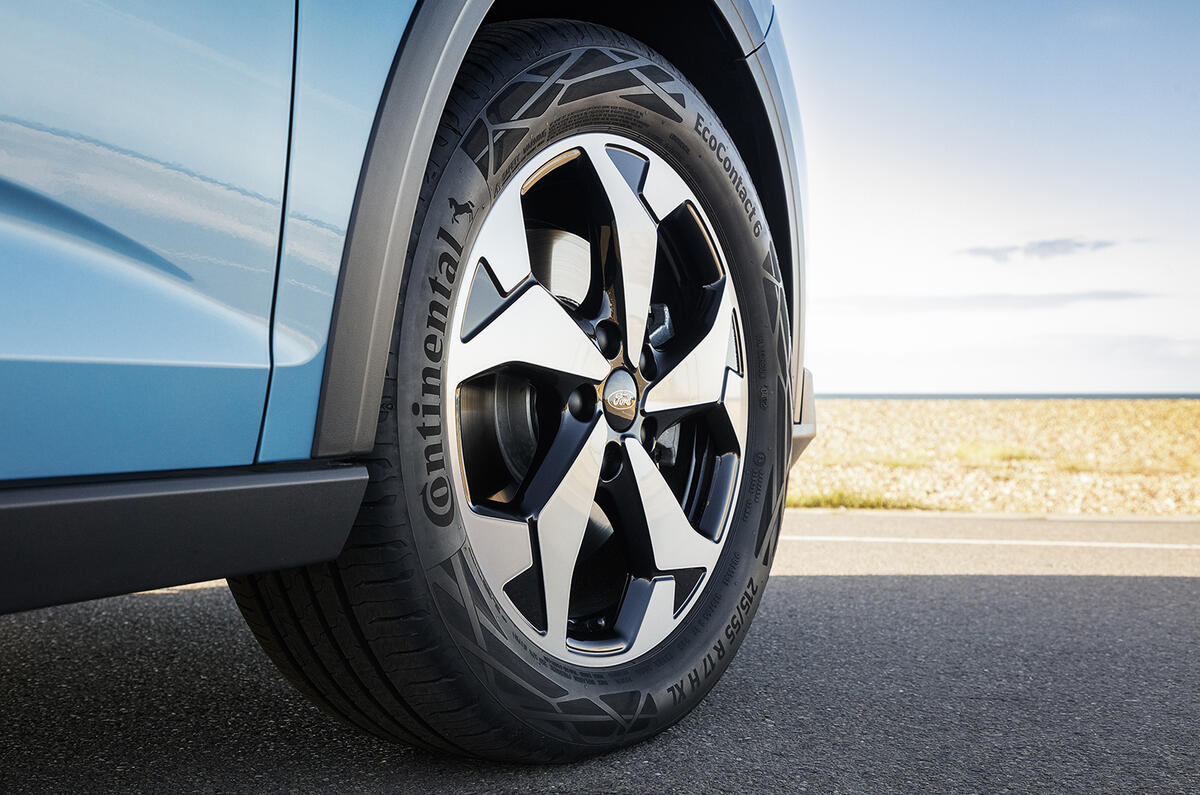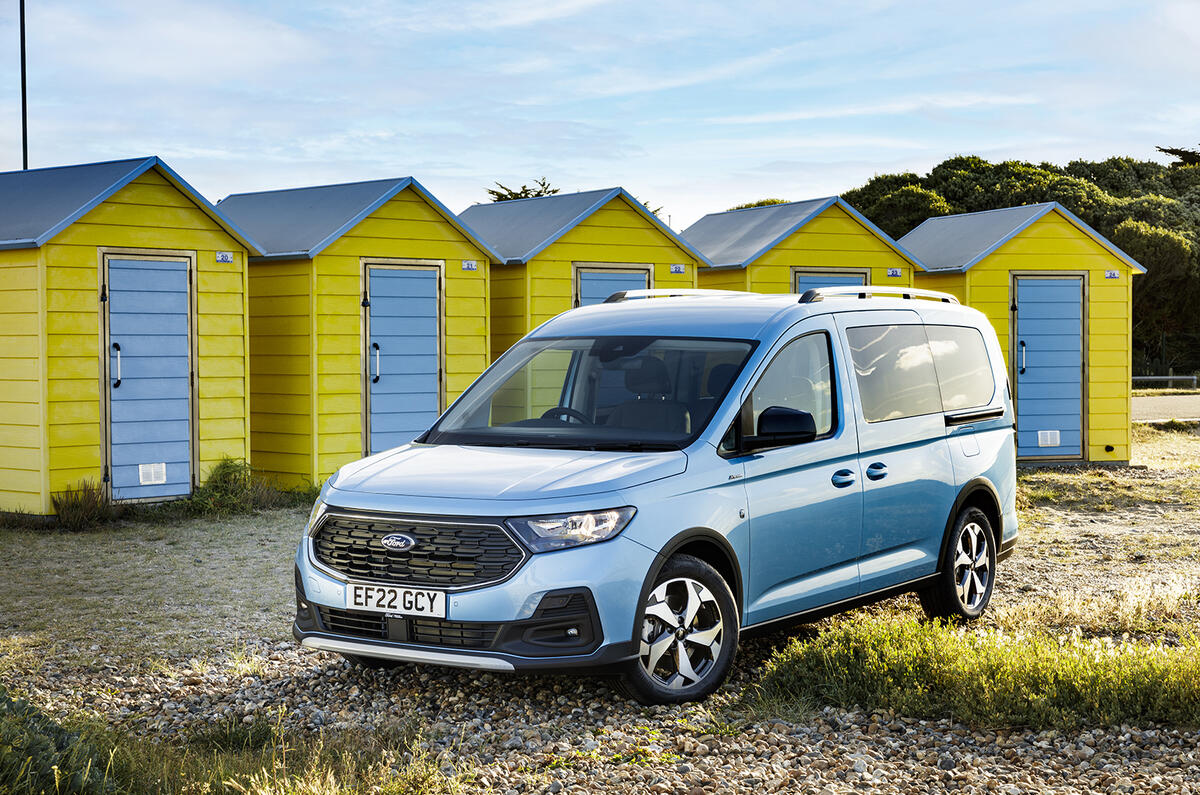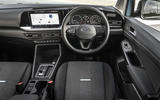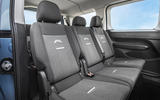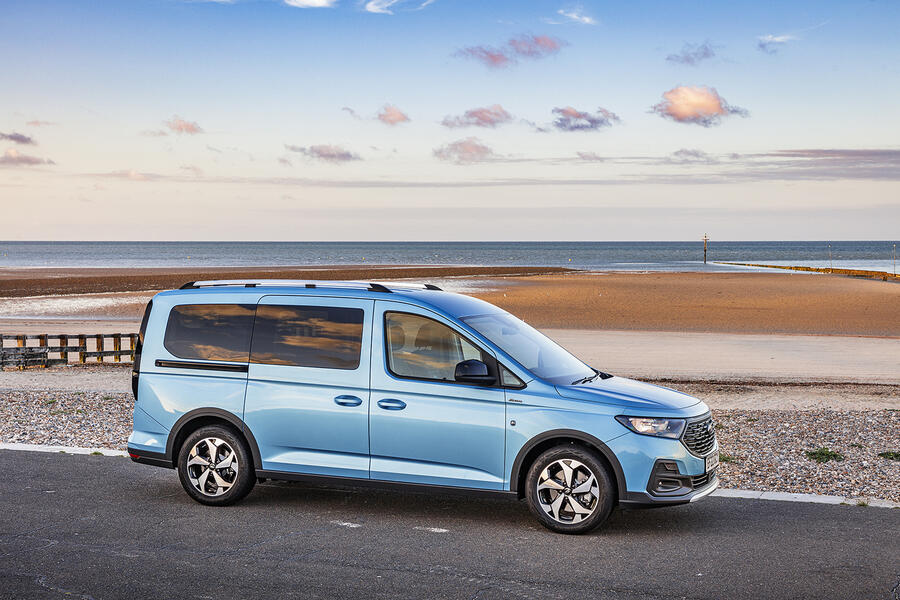This new Ford Grand Tourneo Connect (catchy little name, right?) is more significant than one might imagine.
Just the latest in a line of unassuming, business-targeted vans with seats and windows it may well be, but it’s also the first product to emerge from a tie-up between two giants of the automotive world, Ford and Volkswagen, which in the middle of this decade will yield a new generation of electric cars for Europe, replacing the Focus and probably also the Fiesta. Gulp.
We might therefore see the Grand Tourneo as much as a bellwether for one of Britain’s most beloved car brands as a niche new seven-seater.
‘Niche’ it is more so now than ever, for whereas the previous Tourneo family had a host of rivals to face, this one only really enjoys a sibling rivalry with the new Volkswagen Caddy and a challenge from upmarket in the form of the all-new Mercedes-Benz T-Class. Renault no longer offers a passenger Kangoo, while the Citroën Berlingo, Fiat Doblò, Peugeot Rifter and Vauxhall Combo Life (all essentially the same vehicle) recently went electric-only.
Quite significantly, one could alternatively point to the new Dacia Jogger, an elongated, seven-seat hatchback, as a rival but van-derived MPVs like the Ford tend to be used more by businesses and those with mobility issues, prominently including wheelchair users.
![]()








